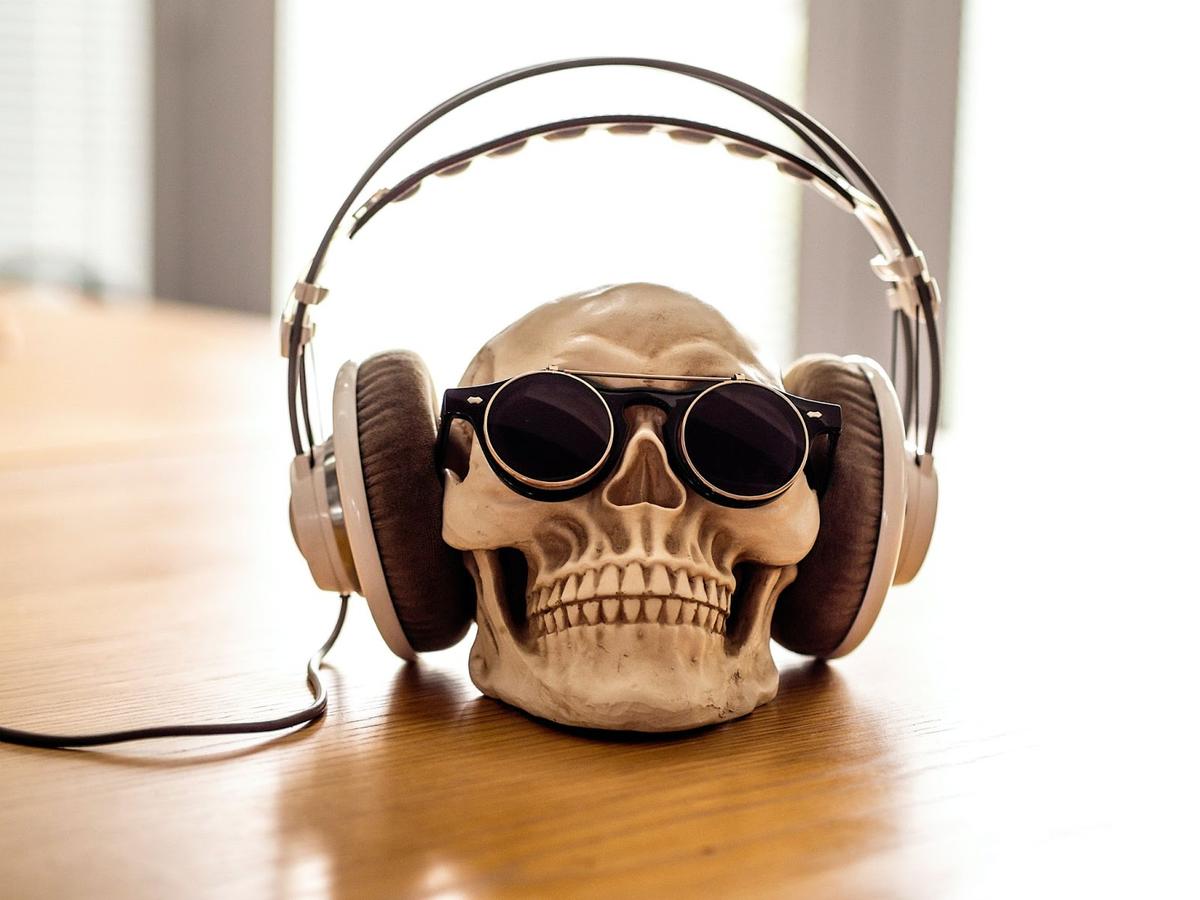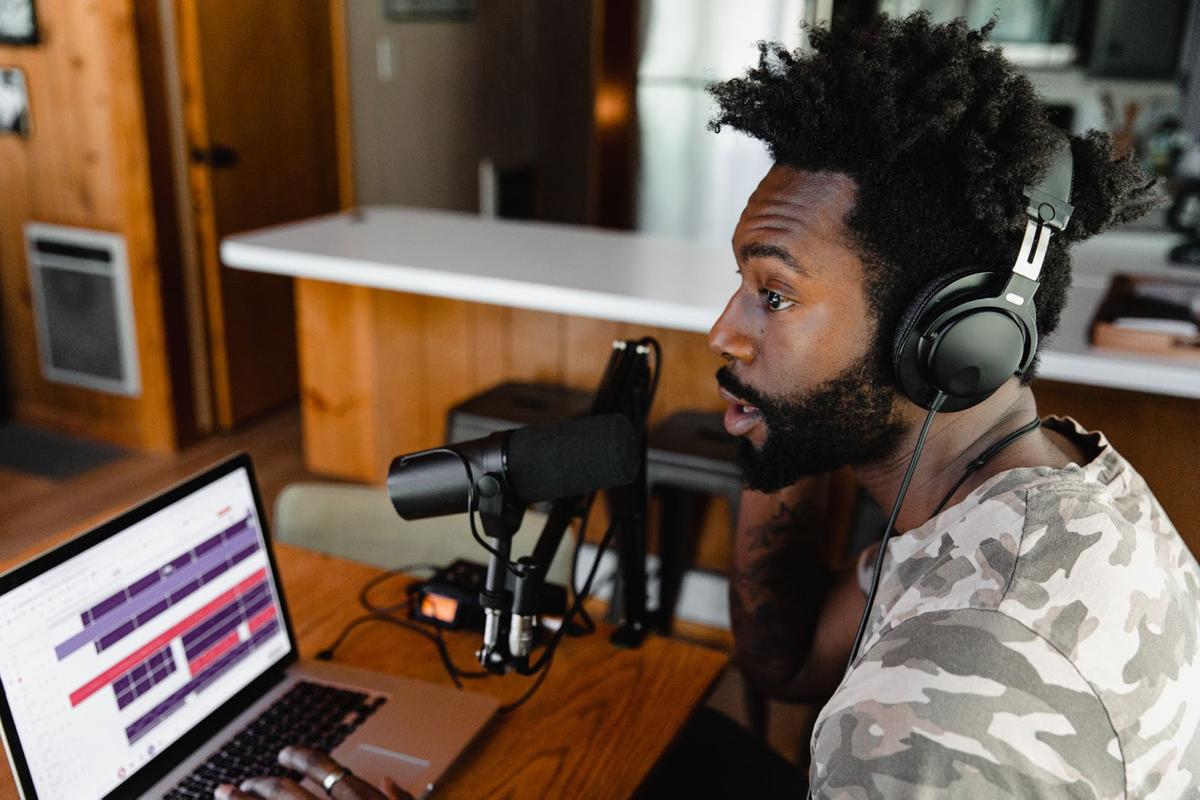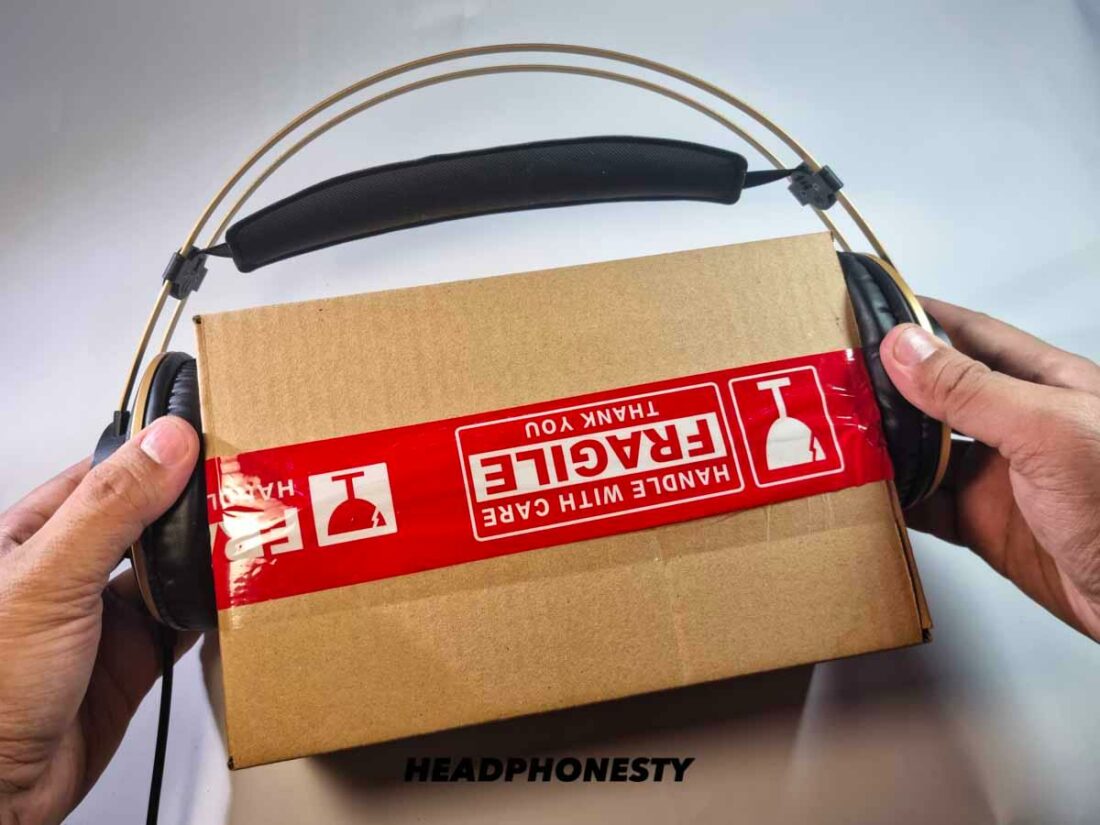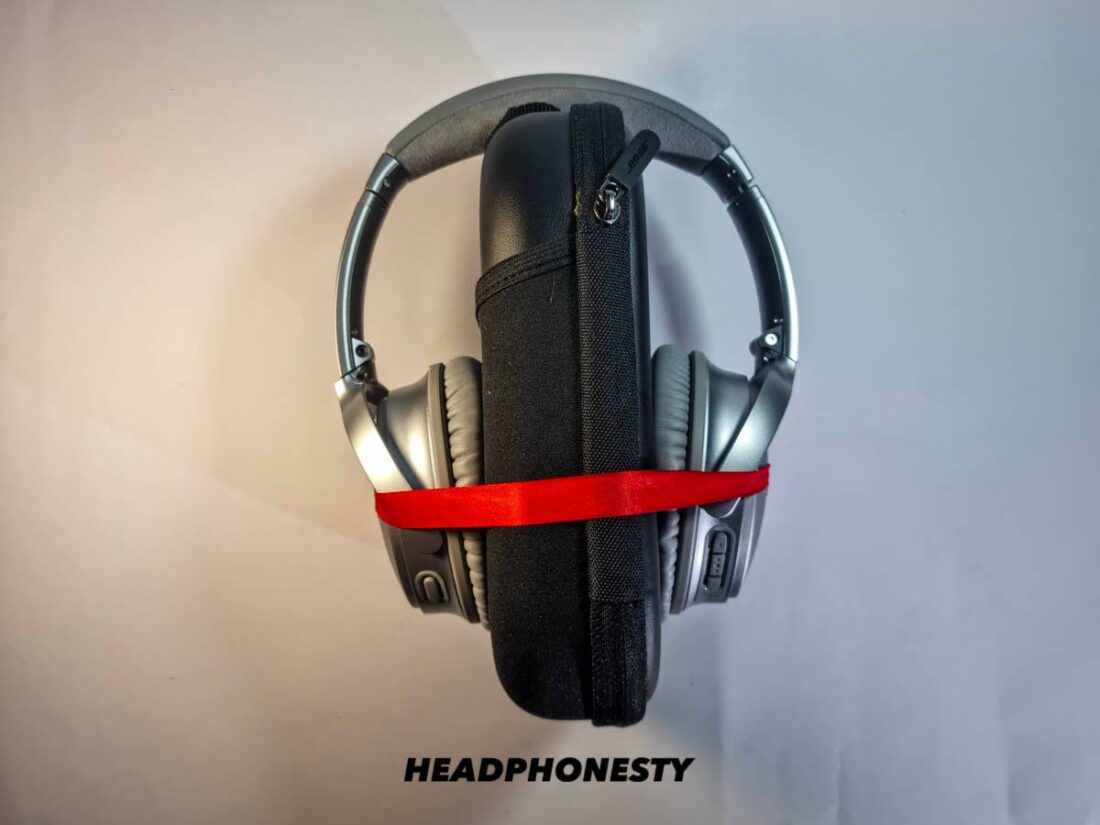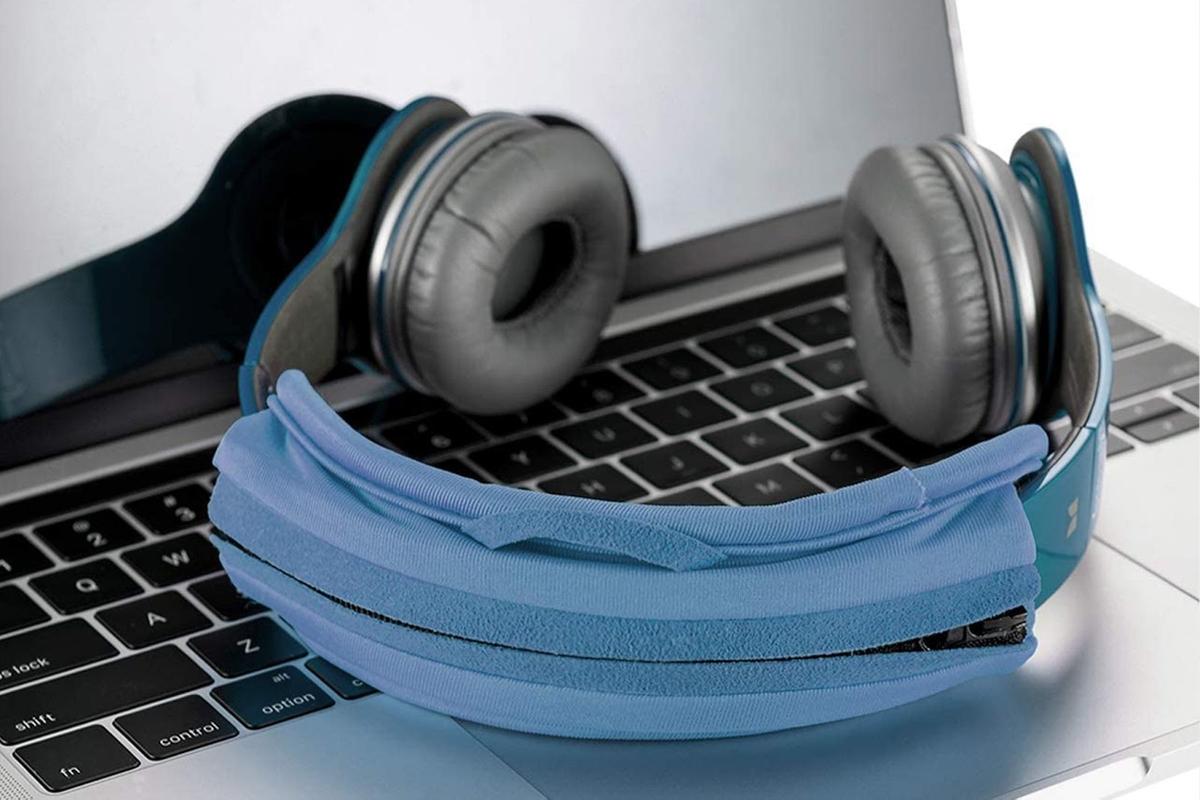If you wear headphones daily, you might have noticed the headband-shaped dent on your hair after taking them off. This may just be an aesthetic concern for you, but what happens when you notice a slight skin indentation on the area where your headband was? It can be alarming to see dents on your head because of headband use. And the anxiety gets worse when, after a while, the dent is still there! At this point, you may be wondering, “Did my headphones really cause a dent in my skull?” Well, that’s what this article is for. We’ll discuss if using headphones can actually cause a dent in your head and what you can do to prevent headphone dents. Let’s get right to it!
Can Headphones Dent Your Head?
No, headphones can’t dent your head. A study reports that it takes at least 135 Kg to cause a minor fracture to the skull. It’s safe to assume the clamping force of your headphones won’t cause any harm. There have been viral posts on Reddit every so often that make fun of streamers’ ‘head dent’ after wearing them for hours. The most well-known case is Tyler1’s head dent. When this League of Legends streamer took off his headphones, a crease on his head was visible on camera. Mizkif’s headset dent is another similar clip. He had the same headband crease happen to him after streaming for a few hours. If headphones can’t dent your head, then why do these streamers have an apparent crease on their head after wearing them? There are two possible reasons for this:
Headphone hair
Headphone hair happens when your headphones’ headband exerts too much pressure on your head, flattening the hair. If the headband is tight enough, it may also leave a temporary crease on your scalp. You don’t need to worry about it since headphone hair won’t cause any permanent damage. So, your hair will gradually return to its original shape in a few minutes. But if the crease ticks you off more than it should, check how to get rid of the headphone dent.
Prolonged use
Even if your headphones aren’t too tight, wearing them for a prolonged period can also cause a slight dent in the head. Although this sounds alarming, this is usually temporary and will go away on its own after some time.
How to Get Rid of Headphone Dents on Your Scalp or Hair
The headphone dent on top of your head will eventually go away. But if you have to get rid of it this very minute, here are some methods you can try:
Massage or rub the area Wet hair or have a hot shower Take periodic breaks from wearing headphones
Massage or rub the area
Gently rubbing the headphone dent and the surrounding area might improve blood flow. As a result, this can help your skin return to its original shape faster.
Wet hair or have a hot shower
If you have headphone hair, a few water splashes are all you need to sort out the crease or dents. But if you have a crease on your scalp, a hot shower may help to expand the skin, returning it to its original shape.
Take periodic breaks from wearing headphones
The most effective way to avoid headphones dent is to take them off every hour or so. Not only will it save you from headphone dent, but this will also prevent sore ears that often happen along with it.
What Do Dents on Your Skull Mean?
If you have an actual dent on your skull, it’s more likely to be caused by a pre-existing medical condition than your headphones. Headphone dents typically last only a few minutes to a few hours. So, if they stay for more than a day, you should get them checked out by your doctor. In any case, several conditions may cause an indented skull. For example:
Congenital skull indentation Paget’s disease of the bone Gorham’s disease Trauma Cancer
Congenital skull indentation
Also called Craniosynostosis, congenital skull indentation is a disease that often happens to fetuses and newborns. Newborns have fibrous joints called sutures that separate the plates of bone on the skull, allowing the brain to expand as they grow. When these sutures close too early, the brain and skull’s growth could cause a dented shape to the skull.
Paget’s disease of the bone
In Paget’s disease of the bone, the body generates new bones faster than the normal rate. This could cause the body to produce bones that are weaker than normal. As a result, bone pains, fractures, and even deformities are more likely to happen. This disease commonly occurs to elderlies and is rarer for people below 50 years old.
Gorham’s disease
Gorham’s disease, or phantom bone disease, is a rare condition with no known cause. This disease causes bone loss due to the abnormal proliferation of vascular or lymphatic channels within the bone.
Trauma
Trauma refers to a serious injury to the body. In some cases, severe injury to the head can cause a fracture to the skull, leading to a dent on the head. And a dented head requires immediate medical attention. Usually, this means that a piece of the skull may be pointing toward the brain, which may cause more damage.
Cancer
Bone cancer happens when unusual bone cells grow out of control, destroying the bone tissue. It’s rare, but some types of bone cancer, like multiple myeloma, have been reported to cause bone depression and irregularities.
Can Headphones Change Your Ear Shape?
There’s no evidence or reports of cases where prolonged use of headphones can deform your outer ear lobes. So, no need to worry about headphones changing the shape of your ears. Your ears develop fully by the time you are 7-8 years old. Consequently, their structure cannot be changed, at least under normal circumstances. By now, your ears should be developed enough that even friction and pressure caused by headphones usage won’t affect them. So, why does it seem like the shape of your ears is changing? The thing is, with constant headphone use, you keep pushing your ears close to your face. Normally, your ears will return to their original position after a few hours of not wearing headphones. But, if you use your headphones all the time, you won’t give your ears time to revert to their original position. That’s why it seems like your ears are changing shape, even if they aren’t.
What to Do if Your Headphones Are Uncomfortable or Too Tight
When you wear headphones, the most common cause of discomfort and skin dents is that they are too tight and press too hard on your head and ears. To avoid these issues, you’ll need to prevent your headphones from exerting too much pressure on your head or ears. Here’s what you can do:
Wear your headphone at the back and not the top to relieve pressure
You can place your ear pads comfortably on each ear first. Then, place the headband behind your head. This method allows for a secure fit for your ears and less pressure on your head. No more worrying about headphone dents!
Wear a cap or beanie under your headphones
You can use a cap, beanie, or hoodie under the headphones to serve as padding to mitigate the pressure on your head. This way, the force from your headphones is spread more evenly across your head. Simply wear a comfortable cap or beanie before you put on your headphones, as usual. You should also adjust your headband to accommodate the extra width of the beanie or cap.
Be mindful of the clamping force
Clamping force is necessary to keep the headphones secured on your head. However, if the clamping force is too strong or too weak, it can make your experience terrible. Here’s how that happens:
Too-tight headphones
When your headphones’ clamping force is too strong, it can feel too tight on your head. As a result, this might cause a headphone dent or headphone hair. In addition, headphones with too much clamping force may also cause external-compression headaches. Most modern headphones have an adjustable headband that you can adjust the fit to your head. But if yours still feel too tight even with the loosest setting, here’s what you can try:
Too-loose headphones
If the clamping force is too weak, your headphones may end up resting their entire weight on your head to stay in place. As a result, your headphones will still end up pressing on your head, ultimately causing a dent. To tighten loose headphones, here’s what you can do:
Add more padding
High-quality paddings can make a massive difference to the comfort of your headphones. Cushiony paddings can help to decrease the pressure exerted by your headphones by distributing their weight more evenly, making headphones dent less likely to happen. You can either make a DIY headphone padding or buy a ready-made product like the TXEsign headphone padding.
Conclusion
Well, there you have it! As you can see, using headphones can’t damage your skull forever–it can only cause dents on your head temporarily, but it’s not a major cause for concern. Still, there are many ways you can take to avoid that slight indentation on your head after using headphones for a long time. Follow these tips, and you won’t have to worry about headphone dents anymore! Find these tips helpful? Drop us a comment and let us know what you think!
